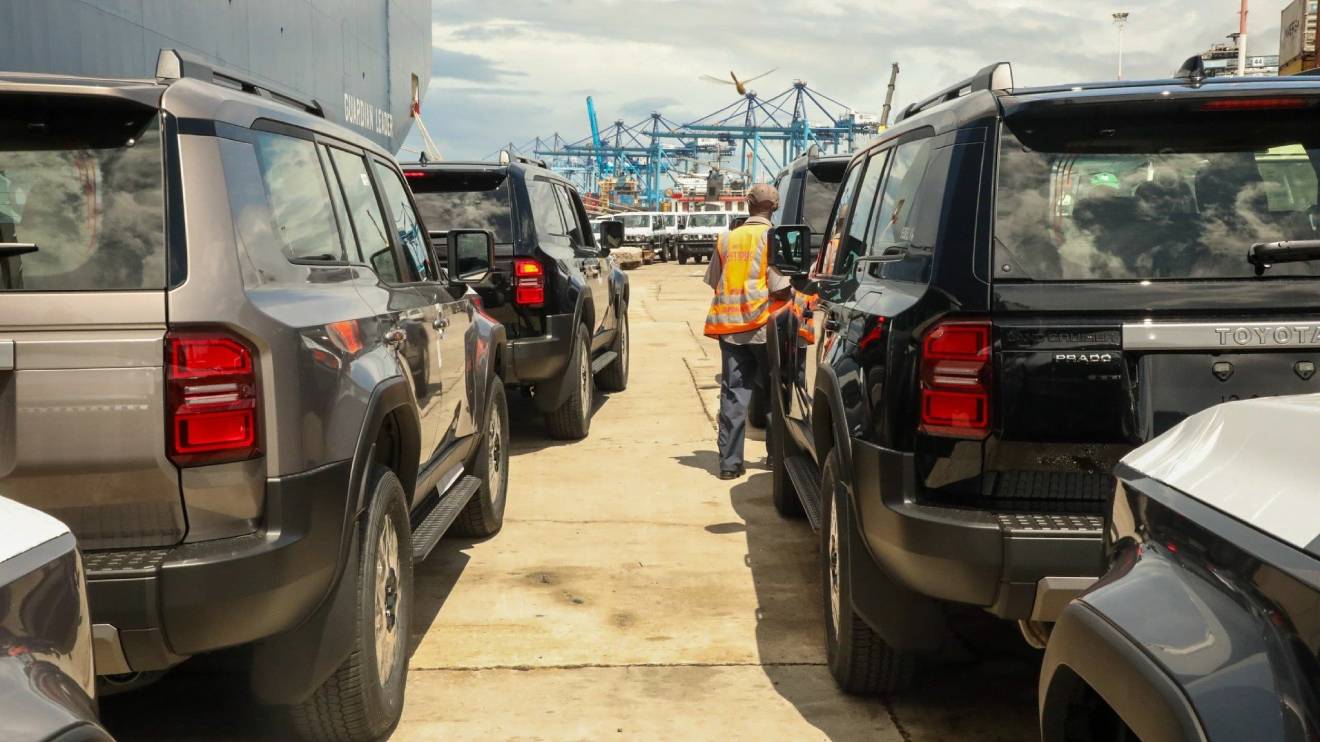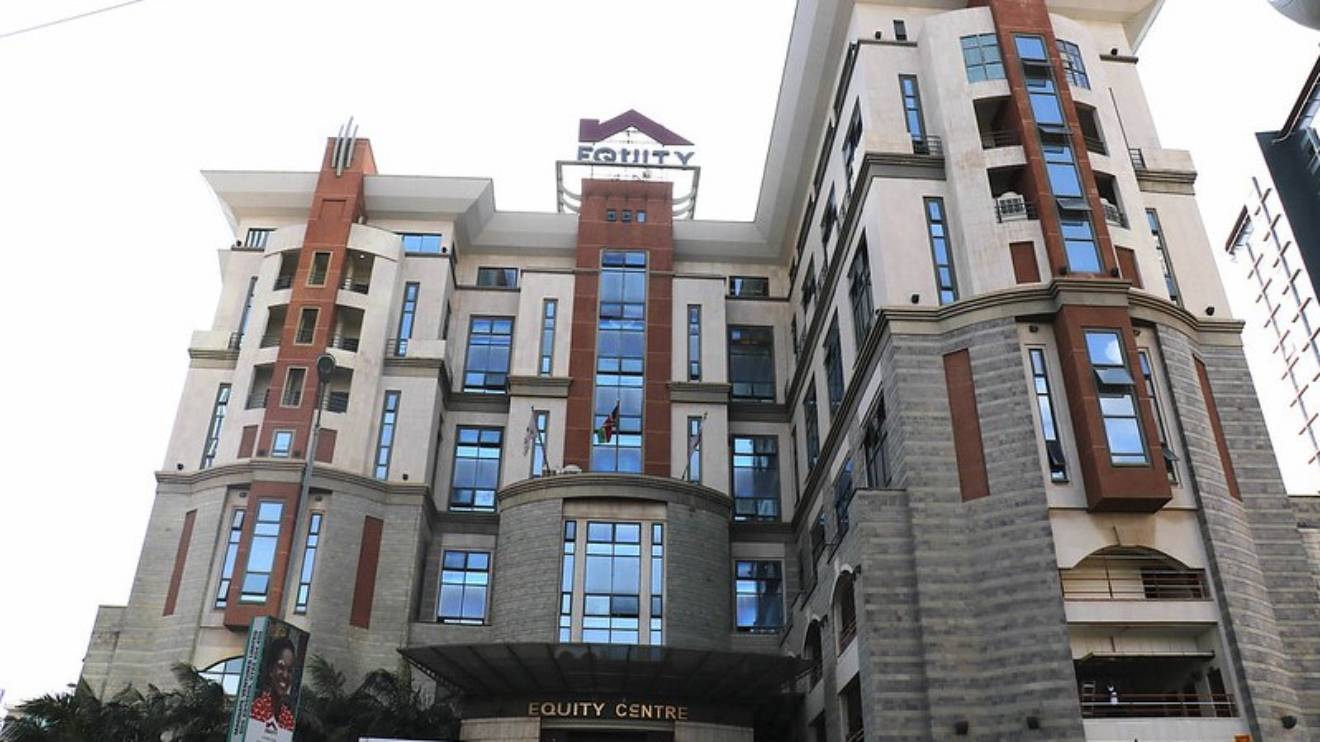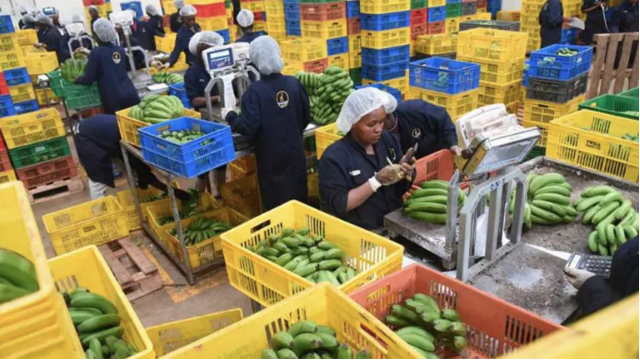The Kenya Revenue Authority (KRA) has issued a clarification following public inquiries and media reports on the implementation of its revised Current Retail Selling Price (CRSP) list for imported motor vehicles.
The Authority confirmed that the updated CRSP, which determines the taxable value of used vehicle imports, is the first revision since 2019 and was developed following stakeholder consultations, as required by a court order.
KRA said the CRSP is used to calculate the customs value of used motor vehicles by applying depreciation to the price of a new unit.
It explained that the method was adopted in consultation with stakeholders to address valuation disputes and ensure consistency.
“Customs valuation is based on the World Trade Organisation (WTO) Agreement on Customs Valuation, which has been domesticated under Section 122 and the Fourth Schedule of the East African Community Customs Management Act (EACCMA), 2004,” the Authority said.
Read More
KRA noted that an attempt to revise the CRSP in 2020 was contested in court, which delayed the process.
Since then, there have been significant changes in the market that made a review necessary.
These include the entry of new vehicle models, shifts in exchange rates, and increased import and excise duty rates.
In 2019, the exchange rate was approximately Sh100 to the US dollar. By 2025, it stands at around Sh130.
Import duty has risen from 25 per cent to 35 per cent, while excise duty for some units has increased from a maximum of 30 per cent to 35 per cent.
To review the CRSP, KRA held engagements with stakeholders, including the Kenya Auto Bazaar Association (KABA), Car Importers Association of Kenya (CIAK), Kenya International Freight Forwarders & Warehousing Association (KIFWA), and representatives from the Customs & Border Control Department.
“During the engagements, stakeholders expressed opposition to the use of FOB (invoice) values and preferred the continued use of the CRSP,” KRA stated.
The team met on January 29, 2025 and agreed on terms of reference, data sources, and the methodology for the update.
Japanese Yearbooks were used as the primary data source. Where models were missing, the team used Goo-net to fill the gaps.
A validation meeting was held in May 2025 to finalise the list, which now includes over 5,200 unique models—up from about 3,000 in the 2019 version.
KRA said the new list incorporates detailed specifications like trim levels and performance, unlike the 2019 list, which was based largely on engine capacity and drive configuration.
Some models are not included in the new list due to a lack of data in both the Japanese Yearbooks and Goo-net.
KRA said it will continue updating the list once additional sources are agreed upon.








